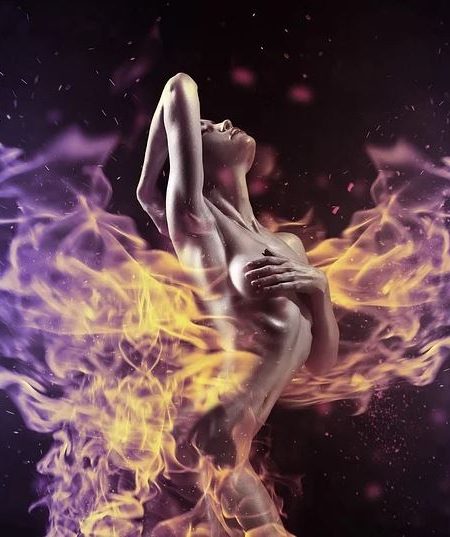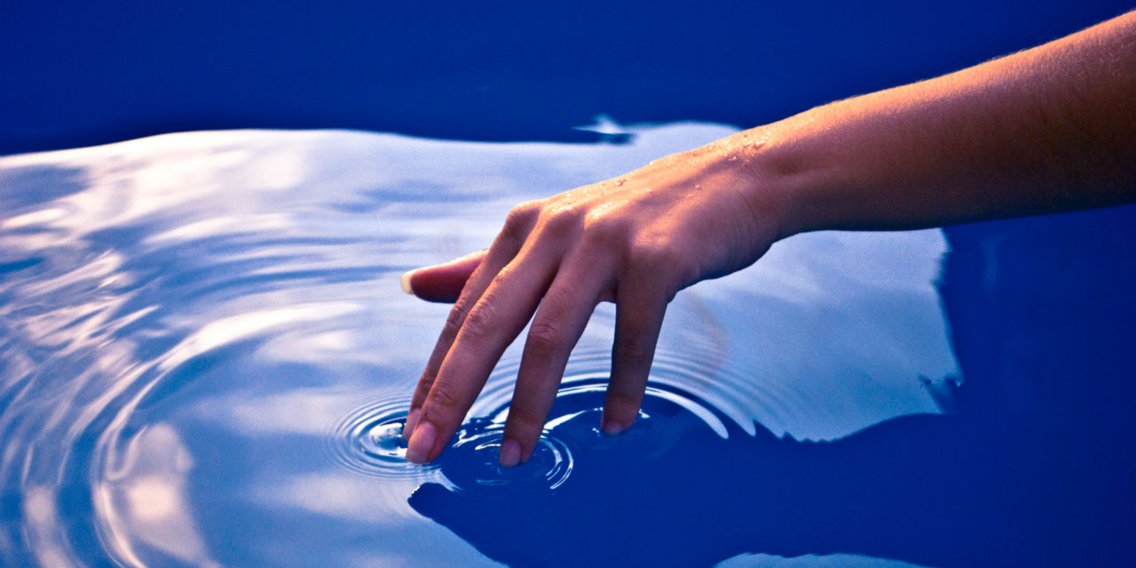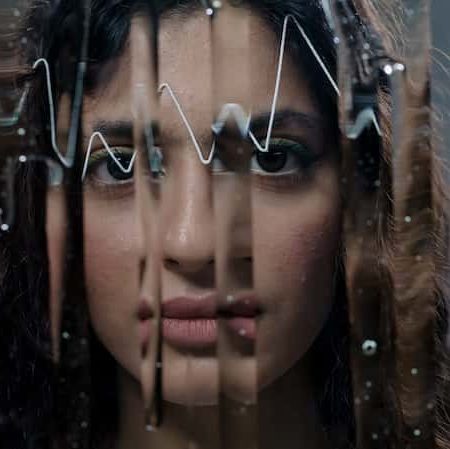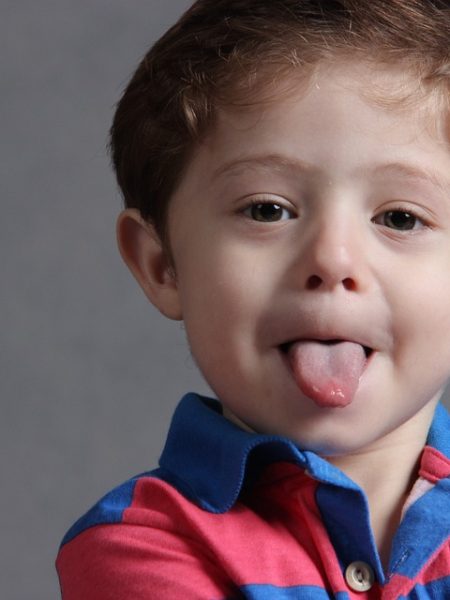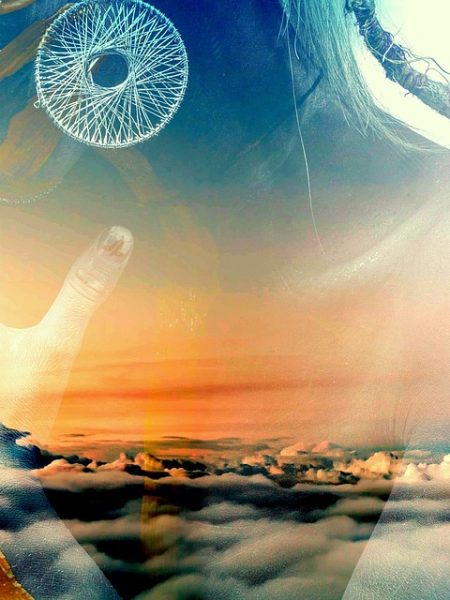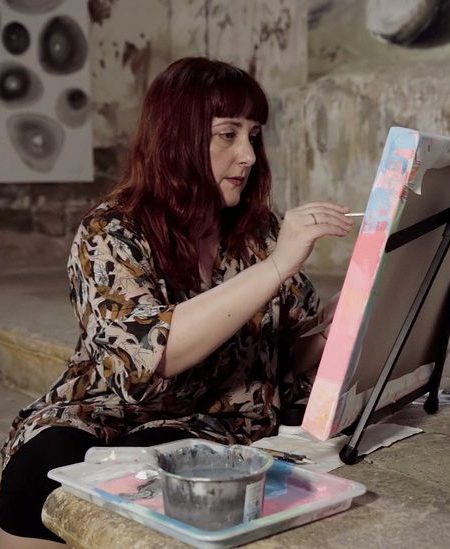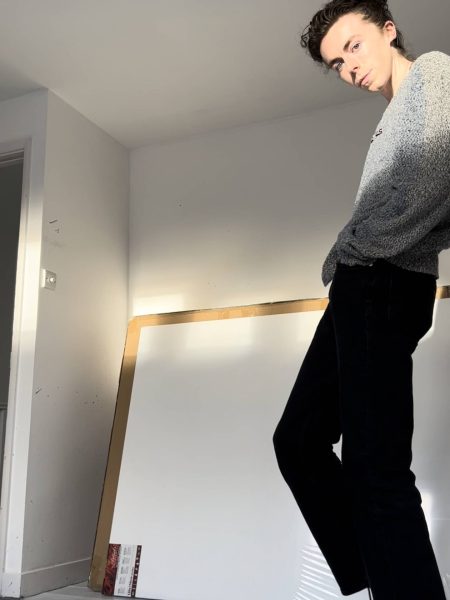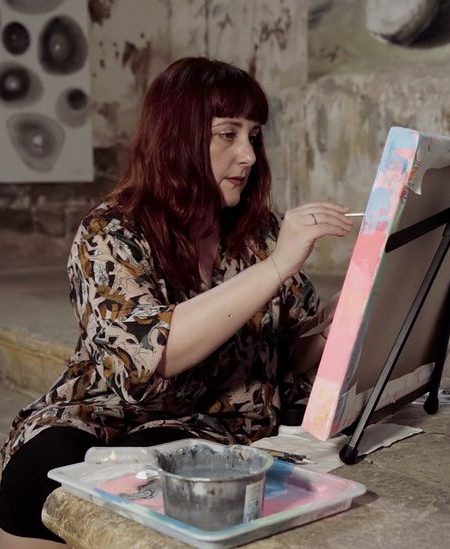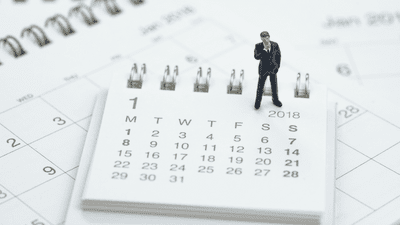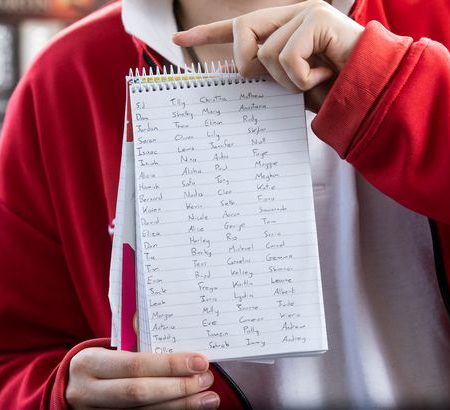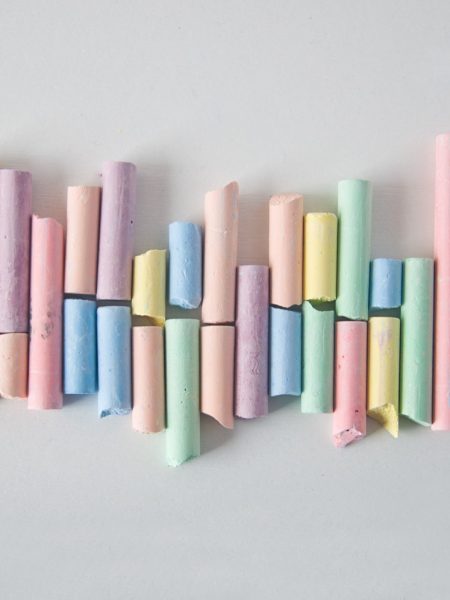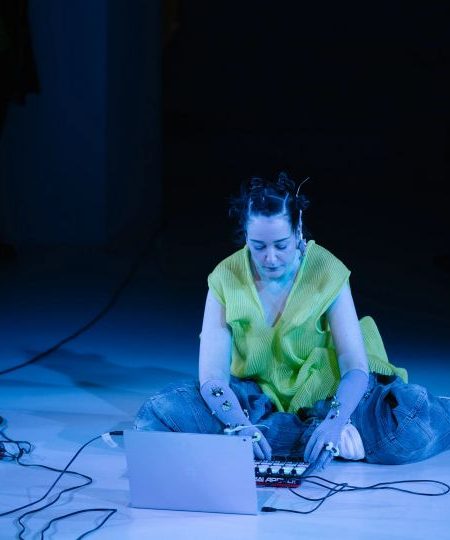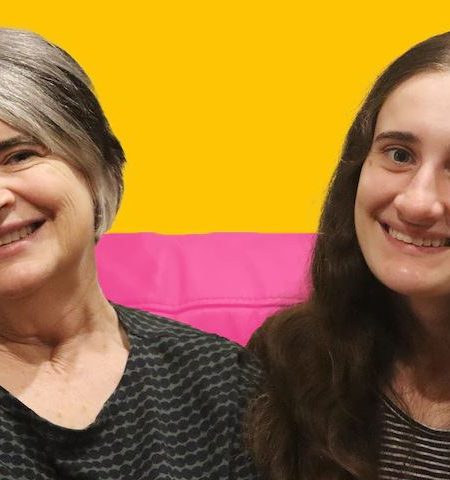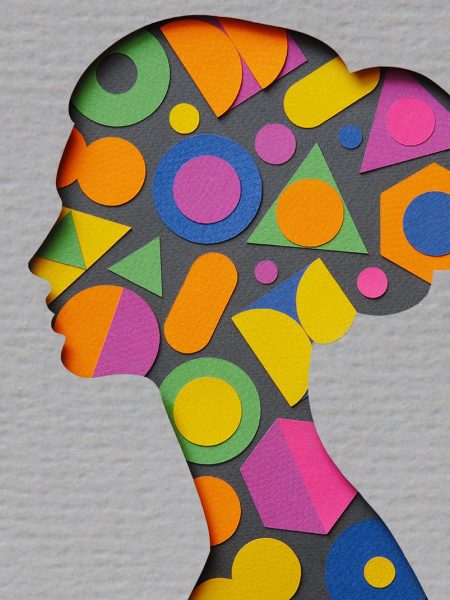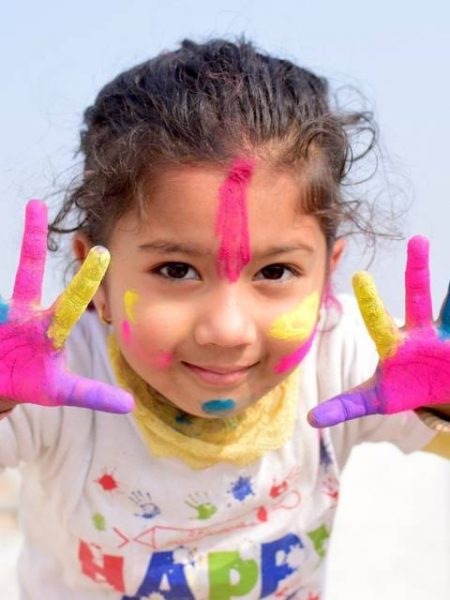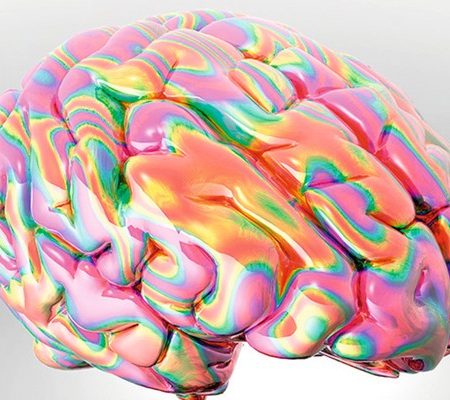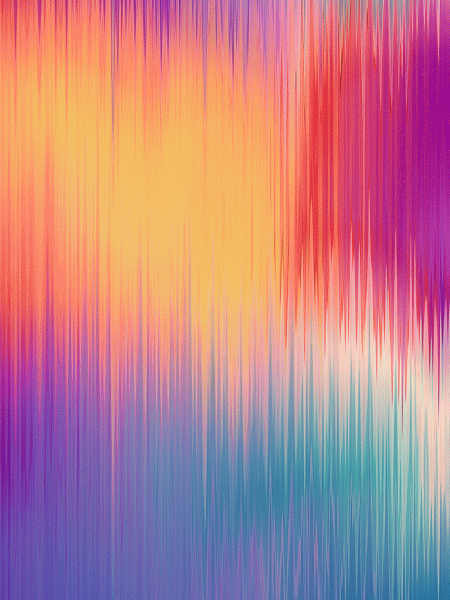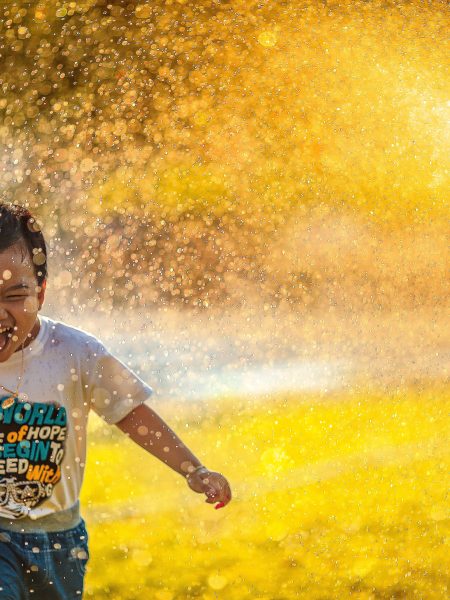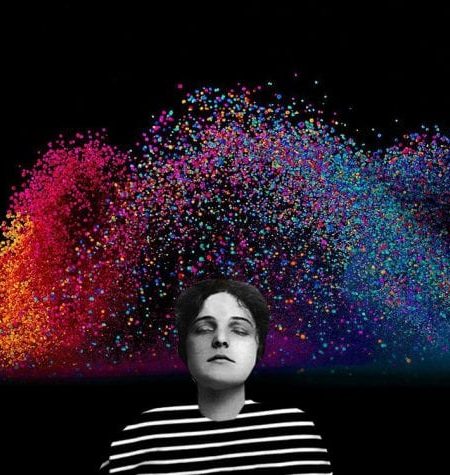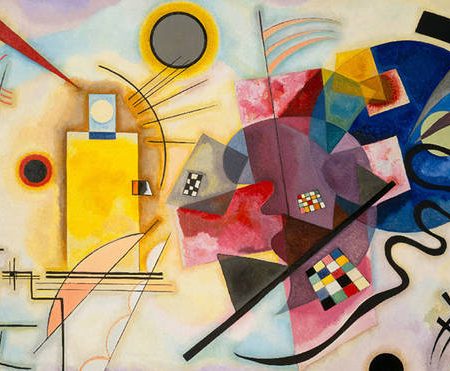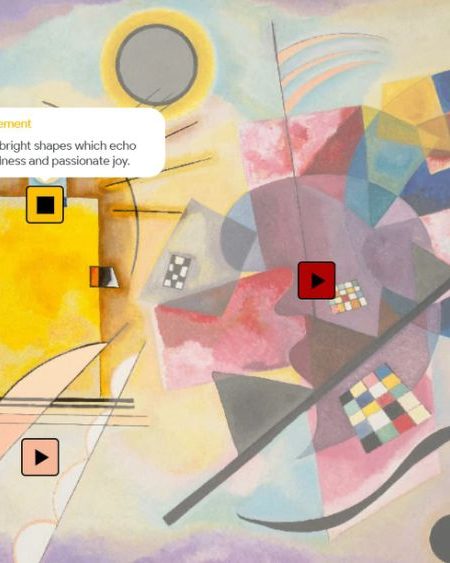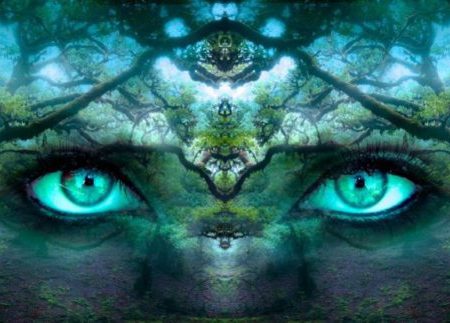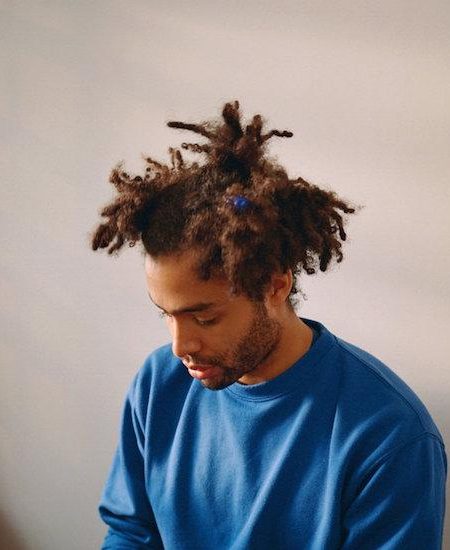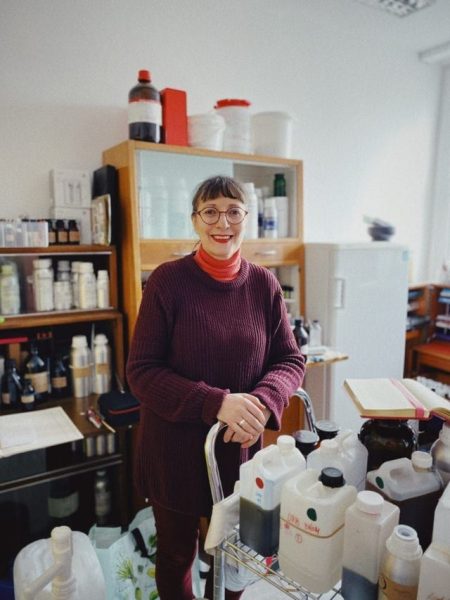- People who experience the physical sensations of others have “mirror-touch synesthesia.”
- It means they can feel a sensation on the same part of the body where they see someone else being hit, stroked, kissed, or injected.
- Researchers have been studying their brains to work out what makes them different to everyone else.
- But they can be difficult to find as perception is so subjective — many people don’t realise their experience of the world is any different to everyone else’s.
- As for whether it’s a gift or a curse, nobody is really sure.
Pau can’t watch films very often. When she does, everything that physically happens to characters on screen she feels to a certain extent on her own body.
“Films for me, or trailers, or whatever, are just a continuous chain of violence, punching, slapping, shooting, falling and, worse still, kissing or touching people’s faces,” she said. “I’ve always hated screen kisses (or never been able to watch them) because… well I don’t want to kiss them, do I?”
Pau has something called mirror-touch synesthesia, which is a brain condition that seems to amplify people’s sensation of touch so much they can essentially physically feel what others feel. When she sees people being hit, punched, stroked, prodded, or injected, she experiences a similar sensation on the same part of her own body.
For example, once when she was watching a group of boys playing paddleball in a swimming pool, she would almost feel like she was batting the ball herself.
“I got this really pleasant feeling in [my] hand and down my arm as if I was hitting the ball myself, but without making any effort,” she said. “I enjoyed it so much that every morning as I went past I would stand and watch him for a while enjoying this fabulous sensation — although I had to clear off after a while in case he thought there was something odd about me staring at him like that or thought I fancied him or something.”
Isabella, who is 14, also has mirror-touch synesthesia, which she said can be extremely helpful for helping other people with injuries, but also a huge annoyance at the same time.
“Mirror-touch synesthesia, in my opinion, is simply an exaggerated physical connection with any other human being,” she said. “Things like holding a dog will evoke me to feel a somewhat fluffy weight in my arms. An open cut or a bruise will cause me to feel the same pain in the same area. However, things like back pain or soreness are not visible, therefore I cannot feel them.”
The feeling only occurs when she looks at an injury, she said. But that means that even if the person is no longer experiencing pain, Isabella still will if the cut or graze is still visible. Similarly, Pau only felt the sensation of hitting the ball if she actually saw it make contact.
Our experience of the world is very subjective
There are several different types of synesthesia, according to Jared Medina, an assistant professor of psychological and brain sciences at the University of Delaware, such as grapheme-colour and number-colour synesthesia, where people see letters or numbers as having distinct colours.
In research conducted in 2017, Medina recruited undergraduate students from a questionnaire to search for people with mirror-touch synesthesia, which normally affects about 1-2% of the population. They can be tricky to find as our own perception of the world isn’t something that often comes up in regular conversation. In fact, people usually assume that the way they are seeing, hearing, or feeling something is exactly how others experience it too — just look at Yanny and Laurel.
Because of our innate inability to comprehend how others may experience the world differently, people with mirror-touch synesthesia often think this is just the way people are. It takes experiments like Medina’s, where he conducted a survey and brought in the people to the lab who said they experienced touch on other people’s bodies, for them to realise that actually, something is different.
“We bring them in, then at the end of the experiment, we tell them it seems like you have mirror-touch synesthesia… and they kind of stop and say what? This isn’t normal?” Medina said. “And we say no, the vast majority of individuals don’t experience this. And some of them had no idea, they just assumed this is the way everybody experiences things.”
Jamie Ward, a professor of cognitive neuroscience at the University of Sussex, said mirror-touch synesthesia just shows there are multiple ways of experiencing the world, we just don’t think about it that often.
“People have often debated whether your experience of red is the same as mine, and nobody really cares, because we all call it the same thing,” he said. “But these people are saying I really do experience this differently… There’s also more than one way of being normal. Not in the statistical sense but normal in pathology, I suppose. I think that’s interesting both scientifically and sociologically.”
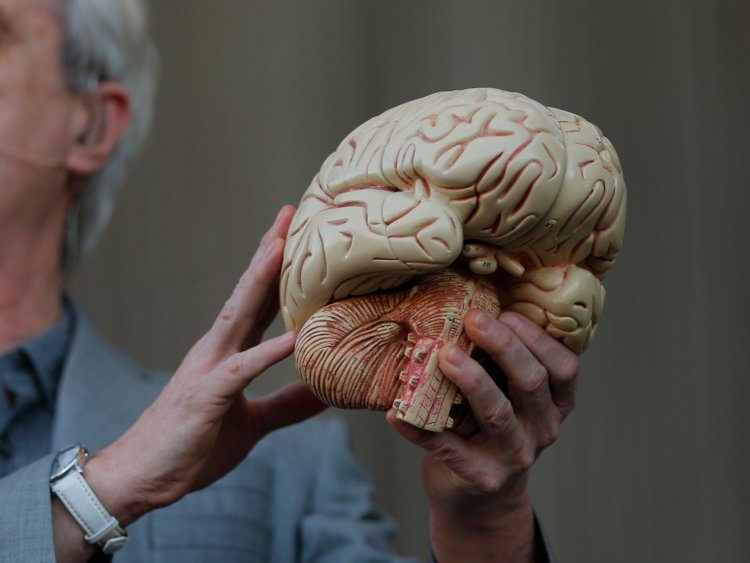
Our brains might all have the potential for synesthesia
Ward leads one of the world-leading centres for studying synesthesia. One explanation he gave for what is happening in the brain is to do with mirror neurons. These are neurons in the brain that respond to actions rather than touch, such as picking up a pencil. This can be extended to feeling things, Ward said, such as when someone pulls a face of disgust, a feeling of disgust is mirrored in the brain.
In people with mirror-touch synesthesia, their brains may fail to regulate the extent to which these neurons respond. MRI studies have shown there are more neural connections in parts of their brains associated with touch perception. Also, they tend to have less matter in other areas of the brain, which Ward says may be associated with regulating these touch sensations, or figuring out who the touch belongs to.
“Your eyes can’t tell if it’s your body or not, but your brain can,” Ward said. “If we saw a human being touched we would also activate the system but to a lesser extent. Everyone does a mirroring of touch but not everybody experiences it consciously… They are relying on a similar underlying system that we all have.”
So our brains may all have the potential to physically feel what other people do, it’s just that the ability is amplified in the people who mirror-touch synesthesia. Medina called this the “overactivity hypothesis.”
“If I put you into a brain scan, assuming you don’t have mirror-touch synesthesia, and I show you videos of a body being touched, you’ll actually have some activation in parts of the brain that are typically associated with touch,” he said. “It’s not going to fill all the areas, but you’re going to have some activation — it’s just not going to be at this high level.”
Like all brain conditions, there are no absolute rules, and people’s experiences with mirror-touch synesthesia vary considerably. Isabelle, for example, doesn’t feel anything beyond the physical.
“Emotions are also invisible,” she said. “mirror-touch isn’t mind-reading, and emotions and feelings are not physical in any sort of way.”
Pau, however, said she empathises a lot with others, which she doesn’t necessarily see as a result of her mirror-touch. She may be right — but there is some evidence that people with mirror-touch are slightly above average at picking up on the emotions of others, Ward said. For example, they are better at noticing a subtle facial cue that others might miss.
He said they also tend to score higher on some measures of empathy, but it’s more to do with emotional reactivity than sympathising. They can pick up on someone’s pain, pleasure, or distress fairly well, but that doesn’t necessarily mean they empathise more. In other words, while they might have more of an idea of what someone is going through, that doesn’t mean they are better equipped to deal with the problem. “There’s something quite self-centered about it,” Ward said. “They feel what they feel but that doesn’t give them any extra tools for responding.”
 Gift or curse? Nobody is sure
Gift or curse? Nobody is sure
Researchers are still trying to figure out what’s going on in the brains of people with mirror-touch synesthesia, and the possible reasons for why some people develop this way.
There also isn’t much evidence that it causes any sort of impairment, although some patients do report discomfort. But either way it’s not a condition that seems to require medical intervention, as many go through a lot of their lives without realising there is anything different about them at all.
Pau said mirror-touch is not something she is necessarily glad to have, as she has to be careful when watching videos to avoid experiencing everything she sees. She also said she can’t imagine anyone with mirror-touch being a doctor or nurse, or even a hairdresser.
“I’ve always been quite reactionary to any activities where you have to watch touchy stuff,” she said. “A gift I don’t think you could call it, although I’d consider other types of synesthesia a gift. A hindrance, yes it could be when I’m going through a time when it’s stronger. I can’t think of much it’s actually useful for.”
Others with mirror-touch really enjoy their experiences, which probably hinges on the intensity of experience, how much they actually enjoy being touched, and whether theirs is strongly linked with pain or pleasure. Isabelle put her thoughts another way.
“Whether it is a gift or a curse, I am not sure,” she said. “I wouldn’t wish it upon anyone, but I certainly wouldn’t trade it for anything else.”
Source: What is mirror-touch synaesthesia? – Business Insider
Recent synaesthesia posts
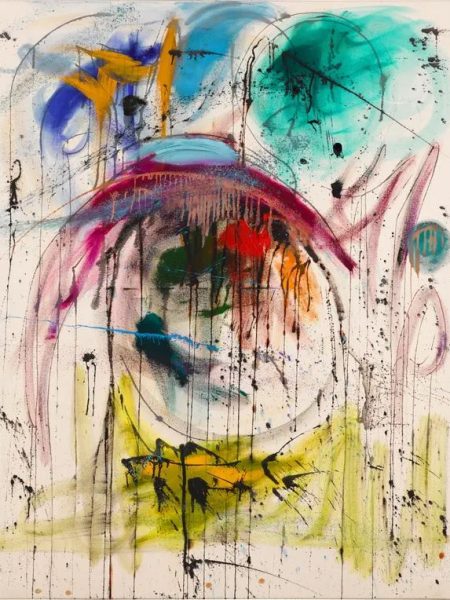
Artist with synaesthesia puts Greta Thunberg’s Davos speech on canvas | Painting | The Guardian
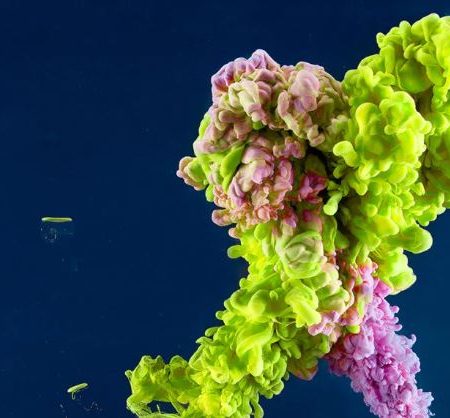
Synesthesia: First-ever reported case of congenitally blind person | Medical News Today

Paint, Sculpture and Datasets: The Stimulating World of Neuro–Art | Technology Networks
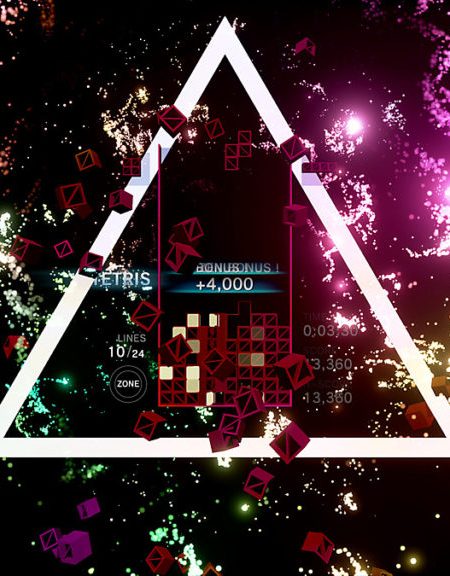
Rez and Tetris Effect creator Tetsuya Mizuguchi has suggested that his next game will be an original project based on synaesthesia | VGC
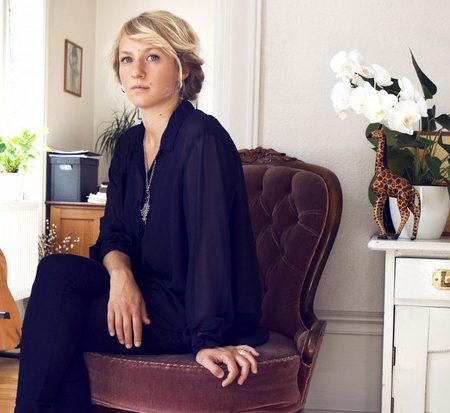
Composer Andrea Tarrodi on her synaesthesia, using electronics and writing for ballet | Classical Music

Diagnosing and phenotyping visual synaesthesia: a preliminary evaluation of the revised test of genuineness (TOG-R) – PubMed
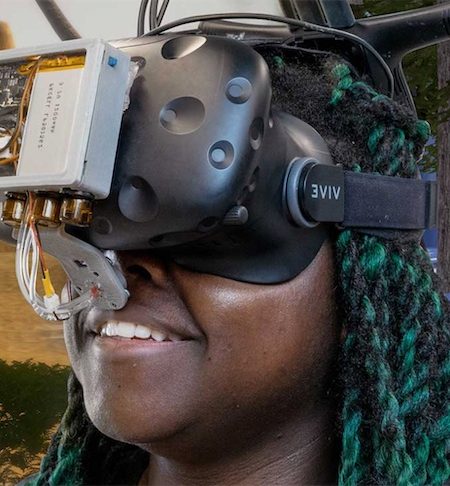
Digital synesthesia: Tricking your brain into experiencing smell as temperature in virtual reality | Boing Boing
